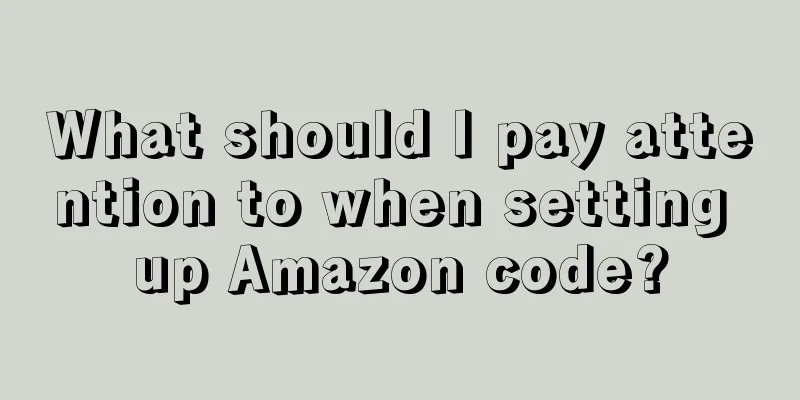What is Amazon piggybacking?
The so-called Amazon follow-selling actually refers to the same product ID being sold by different sellers. In short, "follow selling" is a unique platform feature on Amazon. That is, without infringing on the rights of others, if the seller can provide products that are exactly the same as the listing, he can directly share the listing page under the listing of the product to sell his own products. “Follow selling” can be expressed in English as “Sell Yours on Amazon”.
Five steps to follow Amazon’s sales strategy:
Step 1. Click [Add New Product] under [Inventory];
Step 2: Enter the ASIN code of the listing you want to copy in the search box and click [Search].
Step 3. After confirming the product you want to follow, click [Sell Yours].
Step 4. Enter or select [Your price], [Seller SKU], [Condition], [Quantity] and [Fulfillment Channel], and click [Save and finish].
Step 5. After 5 minutes, refresh the front page to confirm whether the follow-up sale is successful.
Amazon follow-up tutorial part 2: If you are not following your own product, but someone else is following you, you can take the following measures:
1. Changes to product packaging and description
The most gentle way is to change the product packaging, modify the listing, change the picture, change the quantity, and change the title. In this way, some careless follow-selling sellers will fall into the trap and be complained by buyers that the goods are not the same as described. Naturally, they will not be able to continue following the sales and will have to remove the follow-selling items from the shelves.
2. R mark + filing
This is one of the official and legitimate methods of Amazon to catch copycat sellers. First of all, sellers must register with Amazon so that if they are copied by others, they can find Amazon to complain about the copycat sales. With brand protection, complaints about infringement will be more effective. However, when writing a complaint letter, you should pay attention to including all the circumstances and provide complete information, which should be comprehensive, effective and logical.
3. Buyer Complaints
This method can be said to be a common method for complaining about malicious follow-selling. It is a variant of test buy, which is to use multiple buyer accounts to purchase the products of the follower, and then give bad reviews and AZ, resulting in poor performance of the other party. However, if it is FBM, the cycle of this operation is relatively long.
Or they may just take a sample and smash and tear it into pieces, then go to Amazon’s customer service to complain about the poor quality of the other party’s product. If multiple buyers complain about the product, Amazon may remove the other party’s product from the shelves.
4. Exclusive Program
The Exclusive Program is a marketing and promotional program designed to support brand owners in selling sweaters directly to consumers on the Amazon platform. This is a project launched by Amazon in 2013, but it was not promoted much later and can be regarded as a semi-finished product. Of course, there are requirements for sellers to join the exclusive program: order defect rate less than or equal to 1%, cancellation rate less than or equal to 2.5%, late shipment rate less than or equal to 4%, use of the quasi-sales plan and good account status, etc.
The above is the introduction of the knowledge about Amazon follow-up sales tutorial in this issue. If you want to get more information about Amazon follow-up sales tutorial, please continue to pay attention~

